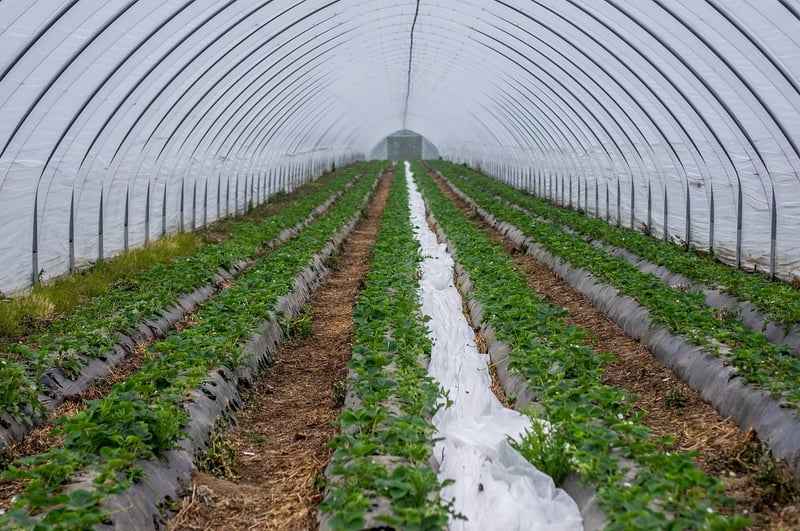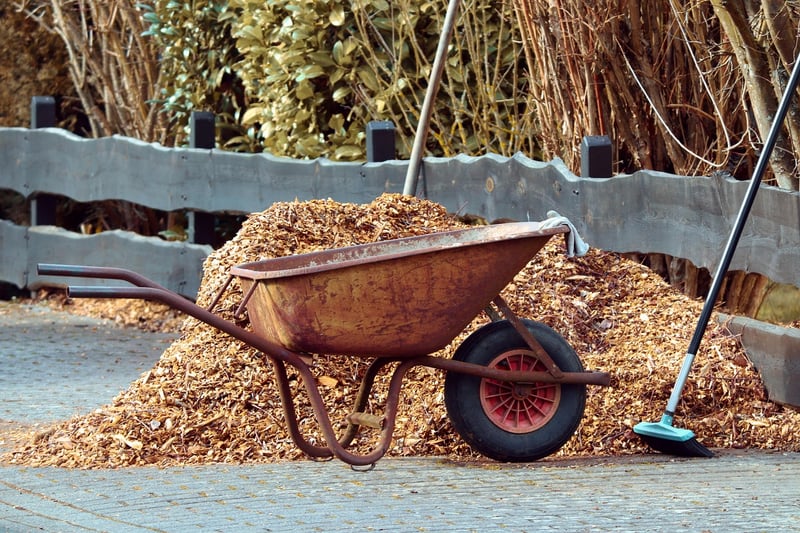Self-Watering Solutions
Efficient Watering Techniques for Vertical Gardens
Vertical gardens are a fantastic way to bring greenery into urban spaces, but keeping them properly watered can be a challenge. In this article, we'll explore some efficient watering techniques for vertical gardens that can help you maintain a healthy and thriving green wall.
1. Drip Irrigation Systems
Drip irrigation systems are a popular choice for vertical gardens as they deliver water directly to the plant's roots, minimizing waste and evaporation. These systems can be set on timers to ensure your plants receive the right amount of water consistently.

2. Self-Watering Planters
Self-watering planters are a convenient solution for busy gardeners. These planters have built-in reservoirs that allow the plants to draw up water as needed, reducing the risk of over or under-watering.

3. Moisture Sensors
Moisture sensors can be placed in the soil of your vertical garden to monitor the moisture levels. These sensors can be connected to a watering system, ensuring that your plants only receive water when needed.

4. Hand Watering Techniques
For smaller vertical gardens, hand watering can be an effective method. Use a watering can with a narrow spout to target the base of the plants, avoiding water wastage and ensuring thorough watering.
5. Mulching
Applying a layer of mulch to the top of your vertical garden can help retain moisture in the soil, reducing the frequency of watering needed. Mulch also helps to regulate soil temperature and suppress weed growth.

Conclusion
By incorporating these efficient watering techniques into your vertical garden maintenance routine, you can ensure that your plants thrive and your green wall remains lush and healthy. Experiment with different methods to find the best solution for your specific vertical garden setup.
Remember, proper watering is key to the success of your vertical garden, so invest time and effort into establishing a watering routine that works best for your plants.
Happy gardening!
